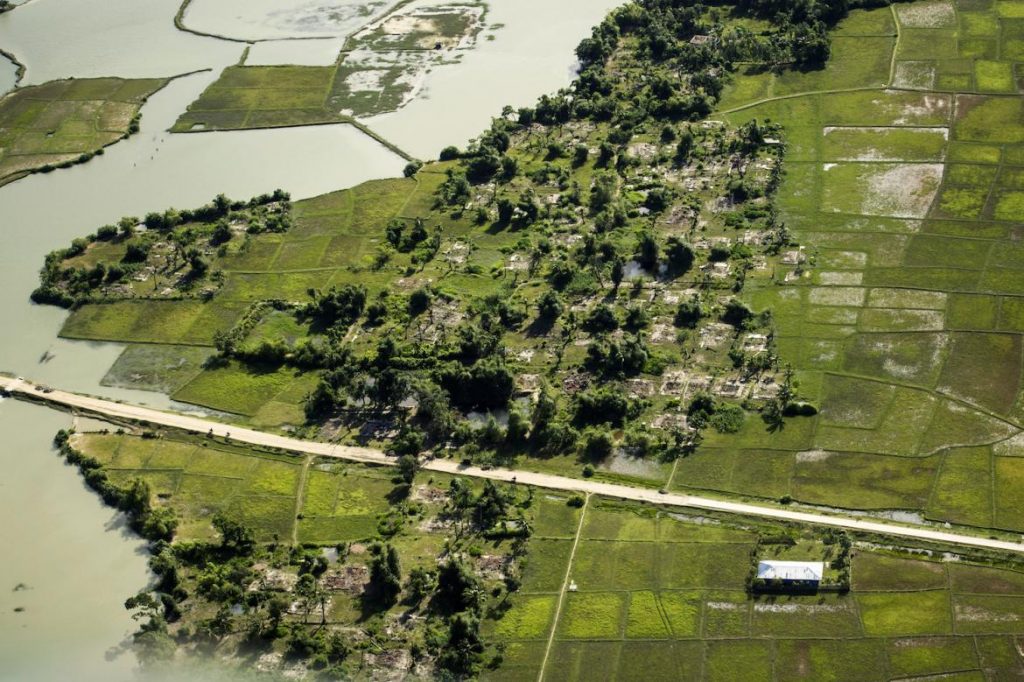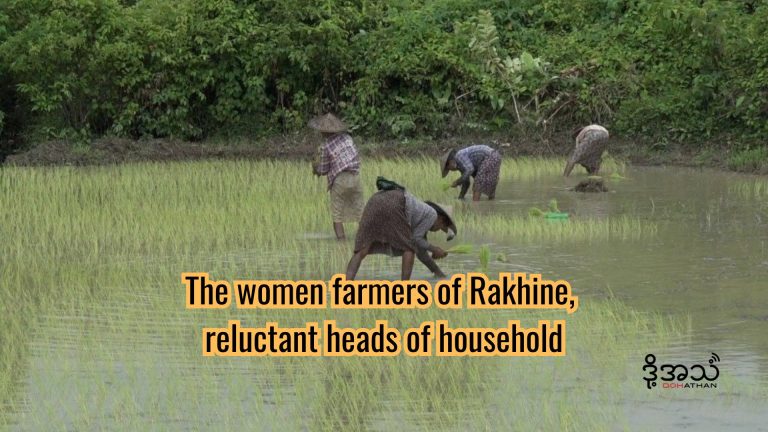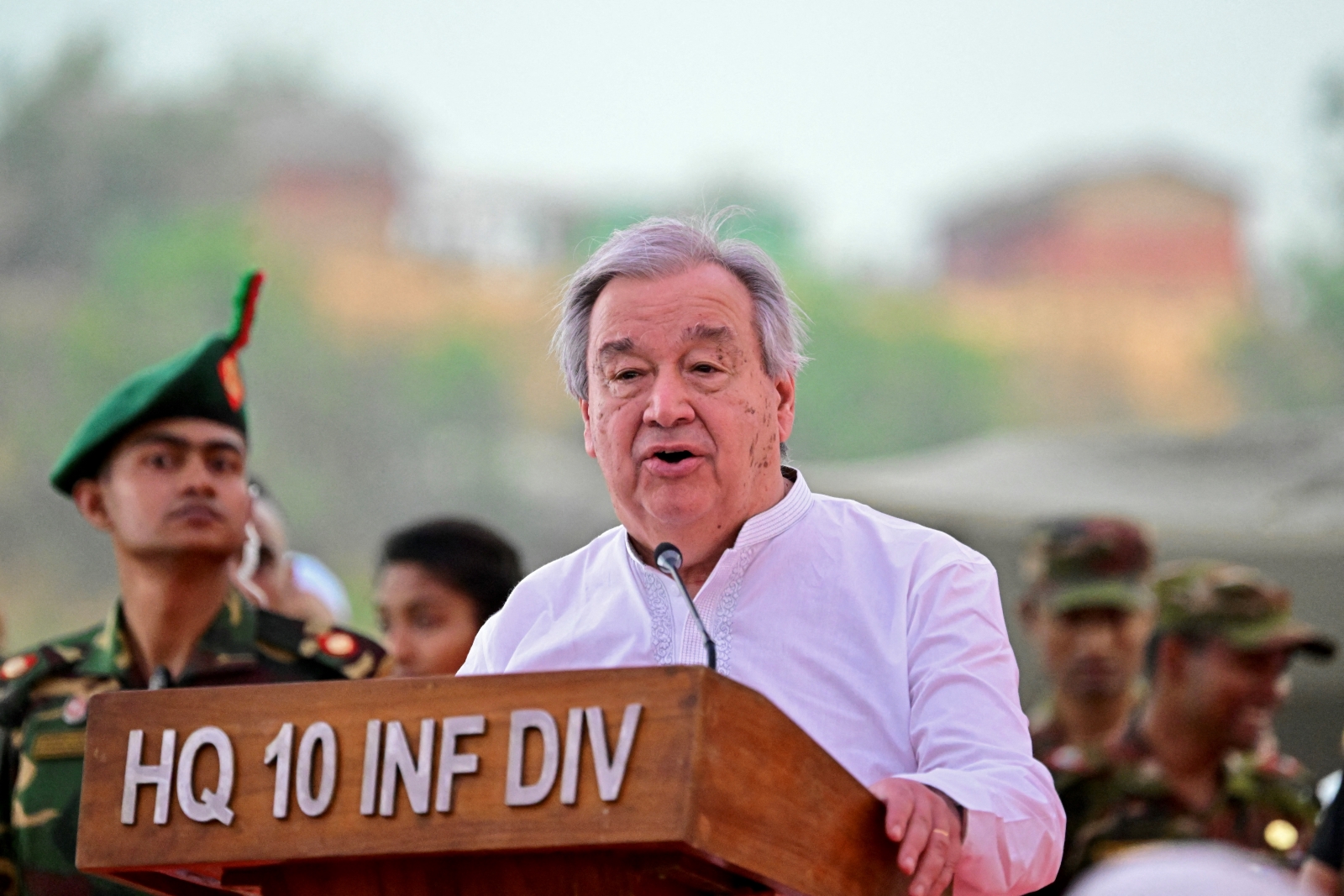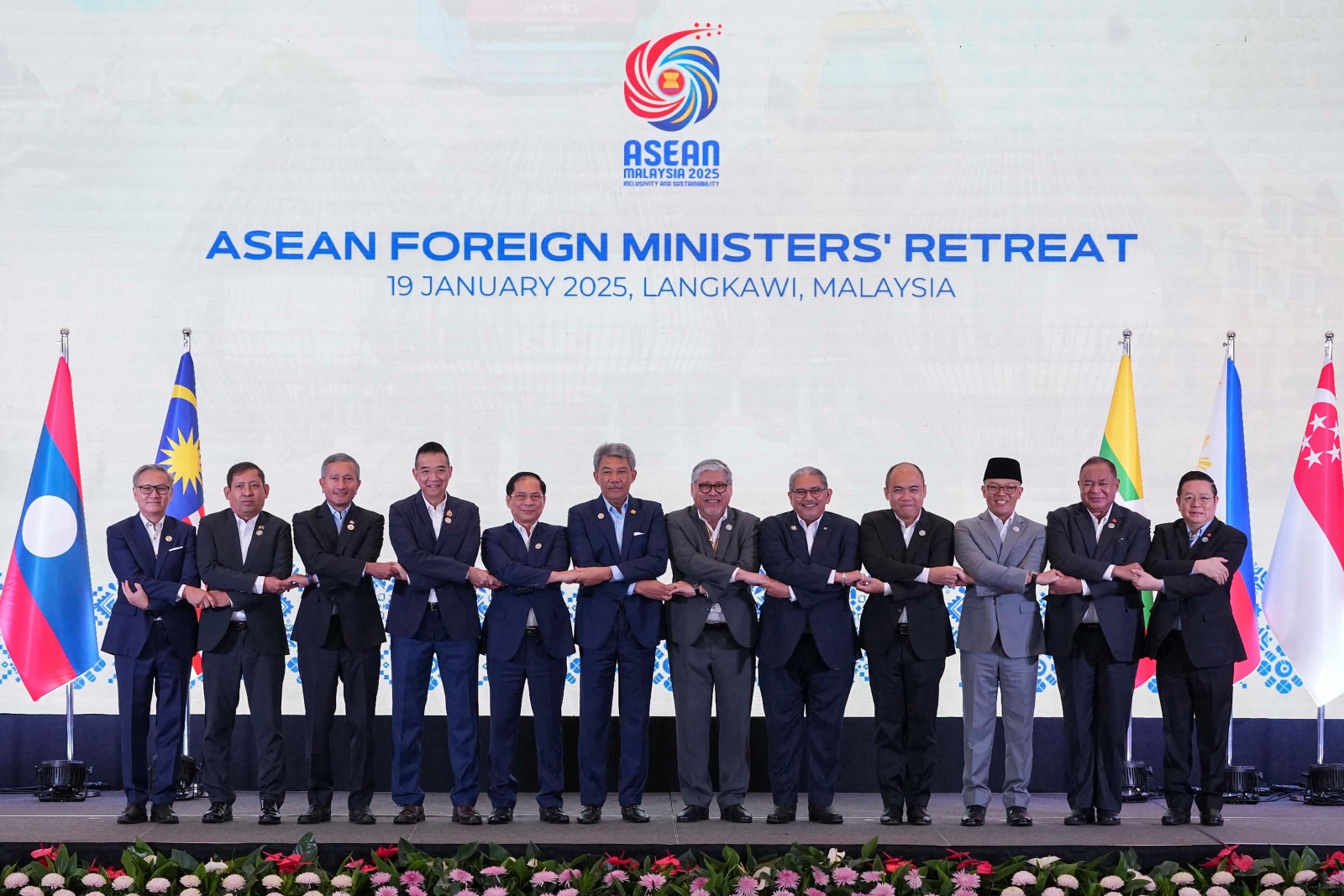By FRONTIER
YANGON — A new study by researchers in Australia challenges claims that conditions are in place in Rakhine State to support a safe, dignified and sustainable return of Rohingya refugees from Bangladesh.
“Satellite analysis shows minimal preparations for a return of half a million refugees,” says the study by researchers from the International Cyber Policy Centre of the Australian Strategic Policy Institute, a think tank in Canberra.
The ASPI project, “Mapping conditions in Rakhine State”, released on Wednesday, found that preparations being made for the return of Rohingya raise significant concerns about the conditions under which they would be expected to live.
“The ongoing violence, instability, disruptions to internet and communications technologies and the lack of information about the security situation in Rakhine add to those concerns,” the study found.
Support more independent journalism like this. Sign up to be a Frontier member.
The research team combined open-source data with the collection and analysis of new satellite imagery to assess the current status of settlements in northern Rakhine that were burned, damaged or destroyed in 2017.
The release of the study comes as protracted negotiations continue between Myanmar and Bangladesh for the return of more than 700,000 Rohingya who fled a Tatmadaw crackdown after Rohingya militants attacked security posts in northern Rakhine in August 2017. They joined about 300,000 Rohingya who had fled earlier waves of violence.
The ASPI research, based on satellite imagery from December 2018 to June 2019, studied 392 Rohingya settlements identified by UNOSAT as having been burned, damaged or destroyed in the 2017 crackdown.
It found that more than 320 settlements showed no sign of reconstruction, at least 40 percent of the settlements that had been razed, at least 45 camps have been built or enlarged, some of which are believed to be for internally displaced people, returning refugees, or both, and that six suspected military facilities had been built or expanded on former Rohingya settlements.
As well as the UNOSAT data, the ASPI researchers said they had identified at least 58 settlements that had been subject to new demolition in 2018, and that demolition had occurred in other settlements in 2019.
“The continued destruction of residential areas across 2018 and 2019 – clearly identifiable through our longitudinal satellite analysis – raises serious questions about the willingness of the Myanmar government to facilitate a safe and dignified repatriation process,” said Mr Nathan Ruser, a member of the research team. “The visual analysis we provide in the report demonstrates this powerfully,” he said.
“Our hope is that this research will add to the evidence base available to policymakers and relevant stakeholders about conditions in Rakhine state, and will contribute to informed discussions about the best path toward a safe and dignified future for the Rohingya refugees,” said another member of the team, Ms Elise Thomas.







